I’m having trouble explaining nihonshudo clearly. Could you suggest an easy way to explain it?
We received such a question!
Let’s answer it right away.
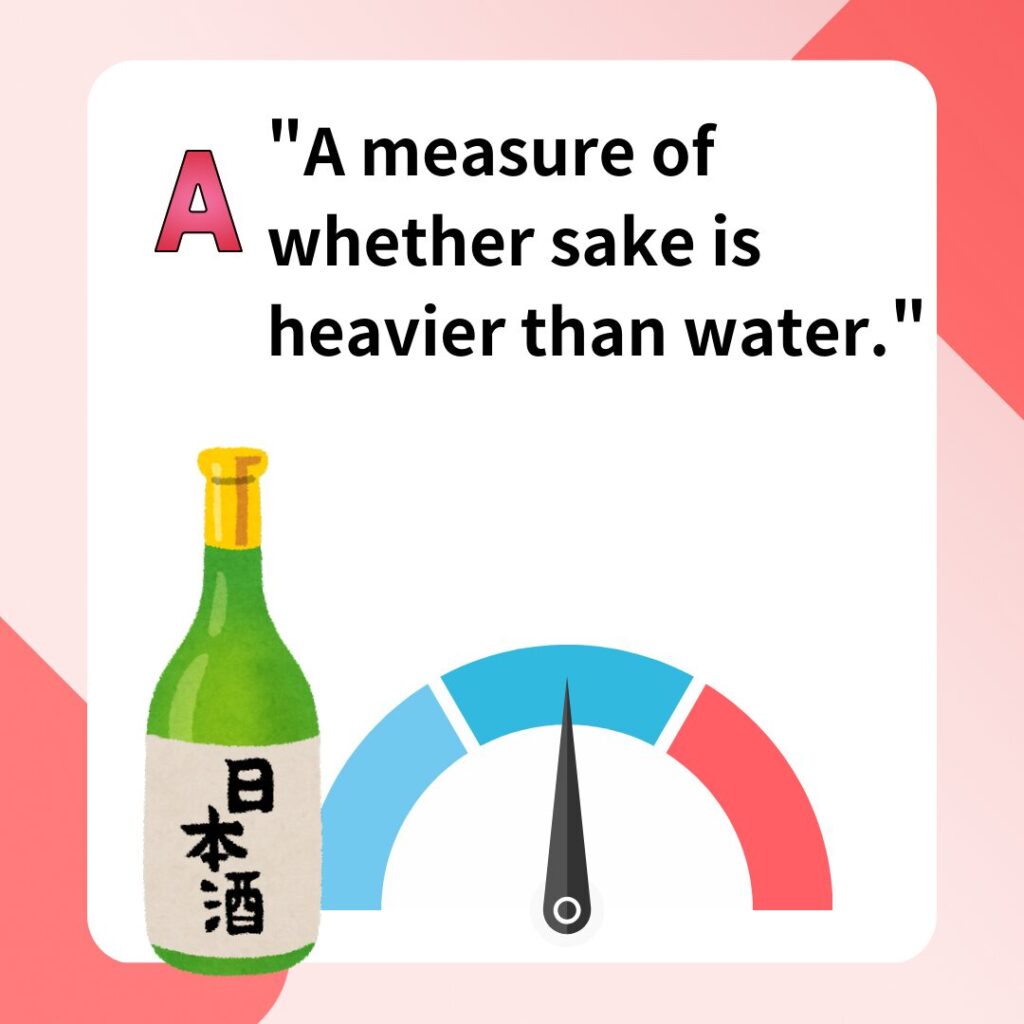
It can be tricky to explain nihonshudo clearly. Here’s an easy way to explain it:
- Sweet Sake: When there is a high amount of sugar, sake becomes heavier than water, resulting in a negative nihonshudo.
- Dry Sake: When there is less sugar, sake becomes lighter than water, resulting in a positive nihonshudo.
When there is a high amount of sugar in the sake, it tends to be heavier than water, resulting in a negative nihonshudo (the hydrometer floats higher, indicating a sweeter taste). Conversely, with less sugar, sake becomes lighter than water, resulting in a positive nihonshudo (the hydrometer sinks lower, indicating a drier taste).
Thinking about salt instead of sugar can make it easier to understand. In saltwater, like the Dead Sea, you float easily due to the high salt content. In freshwater rivers, where there is less salt, you tend to sink.
Please use this as a reference.
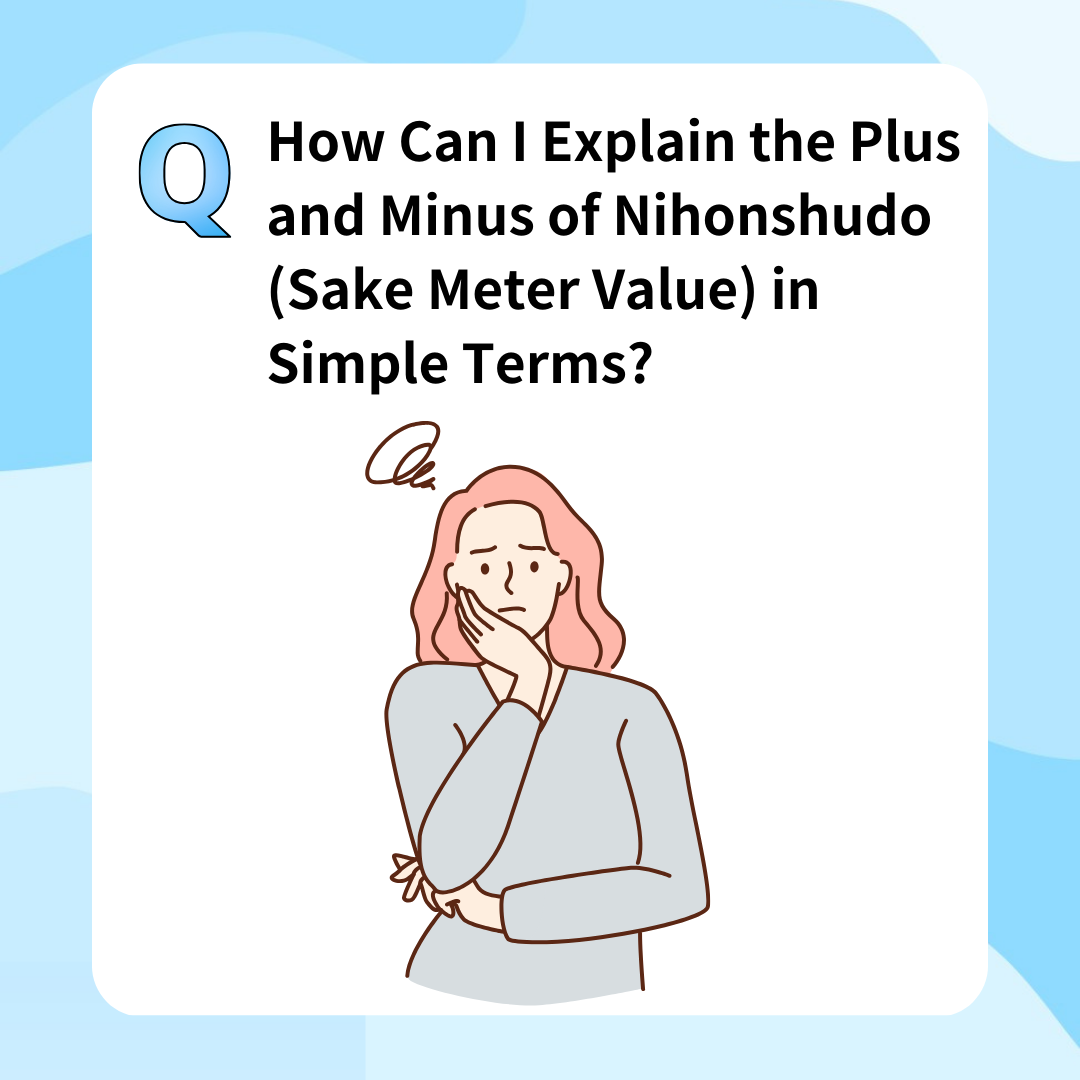


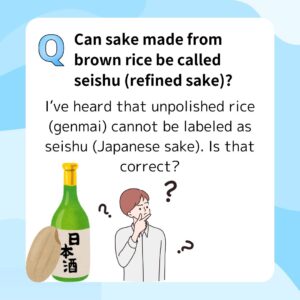
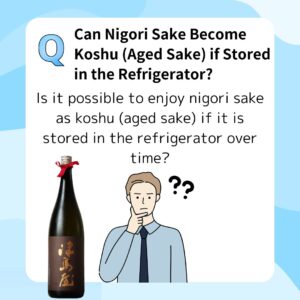


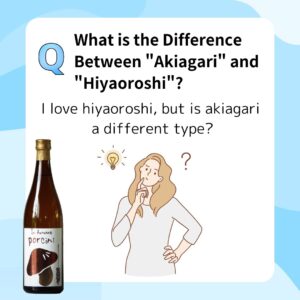

Comments